Ever since the mobile game industry’s significant growth, individuals are now able to develop and release games on their own, just like large corporations. In addition, as the related community grows larger, developers begin to have a better understanding of game engines and the development process. It's no surprise that one person can make and release a game nowadays.
As the game industry grows, many students are becoming more interested in working for game companies. Many of them study in various, fields such as game development, business, and public relations, and some also participate in internship programs.
Though some students try to make games through various projects at universities, they usually turn out somewhat different from practical ones. For those who wish to go for the practical approach, there exist various game laboratories. I was able to make an arrangement with one of the top-notch education institutions in Los Angeles to visit such a lab.
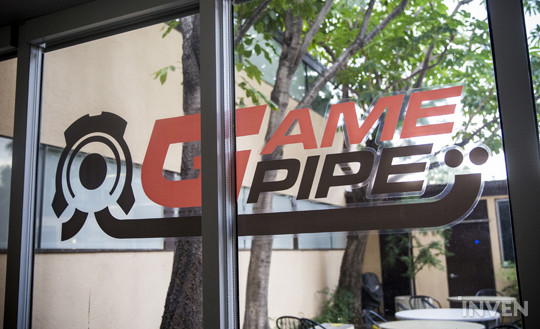
The USC GamePipe Laboratory of the University of Southern California is located in a secluded garden in Los Angeles. It was established by Director Michael Zyda and has been running for 10 years, going from autumn 2005 and continuing on till now.
Mike Zyda is the Director of the USC GamePipe Laboratory and a professor of Engineering Practice in SC Computer Science. He majored in computer engineering and earned a master's degree in computer science.
From 2000 to 2004, he served as Director of the MOVES Institute at the Naval Postgraduate School, but gave up his stable job and started a new gaming program at USC. He's currently instructing students as the Director of GamePipe.

GamePipe celebrated its 10th-anniversary last year and has attracted more than 1,500 students. GamePipe's program has been the number one program in the Princeton Review for six consecutive years. "Our laboratory specializes in creating interfaces for games, and many engineers who participated in the development of Call of Duty have come here to study." Michael Zyda said with pride.
GamePipe has many instructors with field experience who are still working in the business; Artem Kovalovs from Naughty Dog, programmer of Last of Us and Uncharted 4, Technology Senior Director Jose Villeta from Disney Interactive Studio, and Google Product Manager Khaled Abdel Rahman, just to name a few.
The Curriculum is pretty simple. Each group consists of 4 to 8 people, and they use one semester to create a game. They work on the planning and development of the project under an instructor's guidance for one semester and present it at the end of the semester.


When I visited GamePipe, a class was in the middle of a lecture. A total of six projects were under preparation, and students were working hard to prepare for the showcase event at the end of the semester. I was able to see many students developing VR games here and there. They were using the HTC Vive as a VR device.
"When new technology is introduced, we open a lecture on it. VR and AR are examples of that.", he said. He also pointed out that, "From a developer's point of view, the VR market is still in its infancy. It's difficult for developers to continue with VR development, as they have to find another vendor and project once one project is over."
Michael Zyda also gave an AR related comment, "Two developers who worked on Pokemon GO went through our institute and one of them participated in my class. They graduated from GamePipe in 2014, and started to develop Pokemon GO at Niantic Labs." He added that the prototype client of Pokemon GO was developed when they were in the GamePipe Laboratory.

GamePipe is quite impressive, as it provides curriculum to students and helps to make discussion and development autonomous. As a final note, Zyda expressed his confidence in GamePipe and his desire to continue to find talents and help them find their own place in the game industry.
"Our program is different from others; while most programs focus on submitting papers and assignments, we are really focusing on helping students. LA is one of the top North American cities for game development. We are producing hundreds of artists and helping them get a job. In EA and Activision, 65% of the workforce are programmers and engineers, 30% are in the field of game arts, and 5% are game designers. So if engineers have an understanding of game design, they will be more likely to get a job. We can help with that. We will continue to work hard and help more students land jobs in game companies."
■ Photos of the USC GamePipe Laboratory

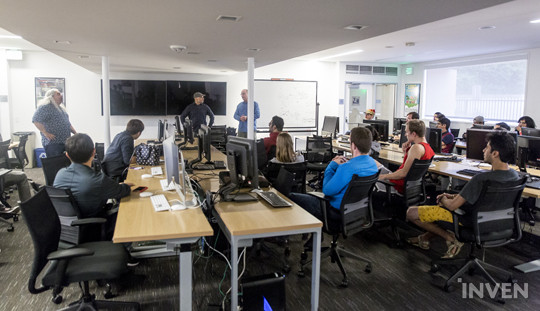

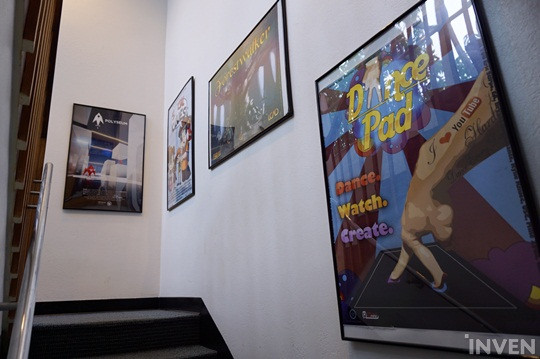
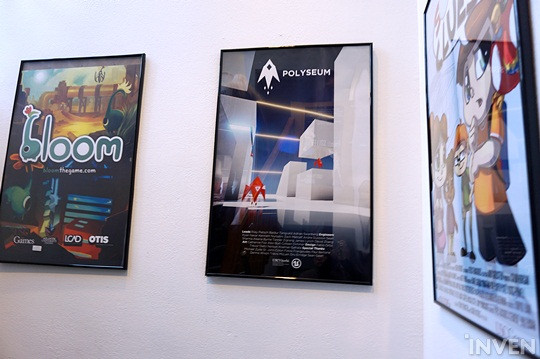
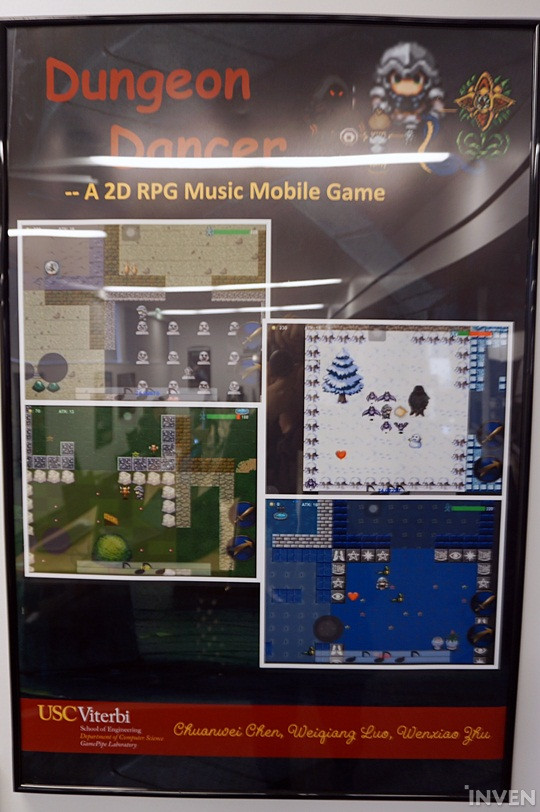
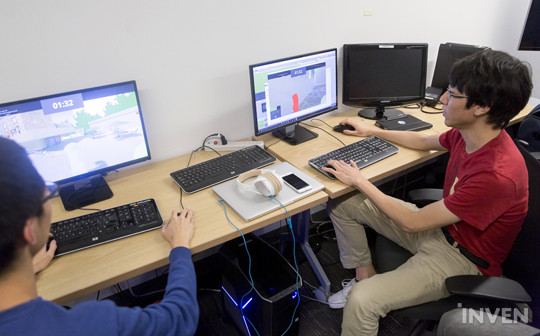
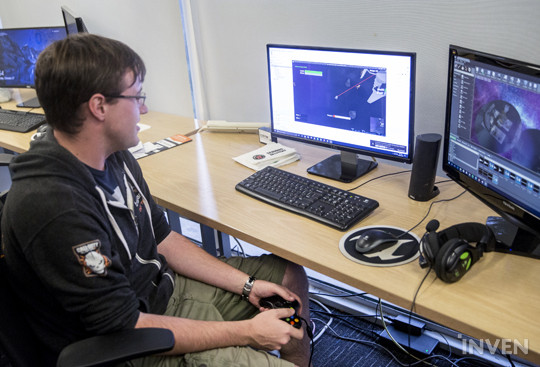



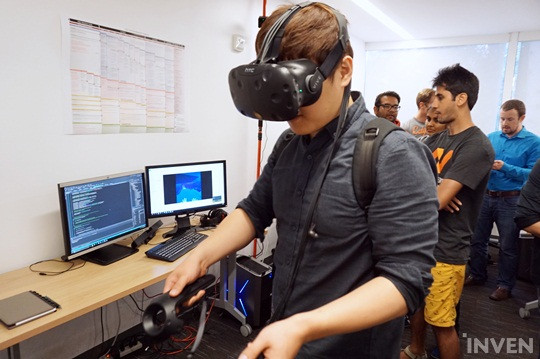


Photography by Joonkyu "Lasso" Seok
-

A managing editor who can do more things than you think.
-

-

Sort by:
Comments :0





